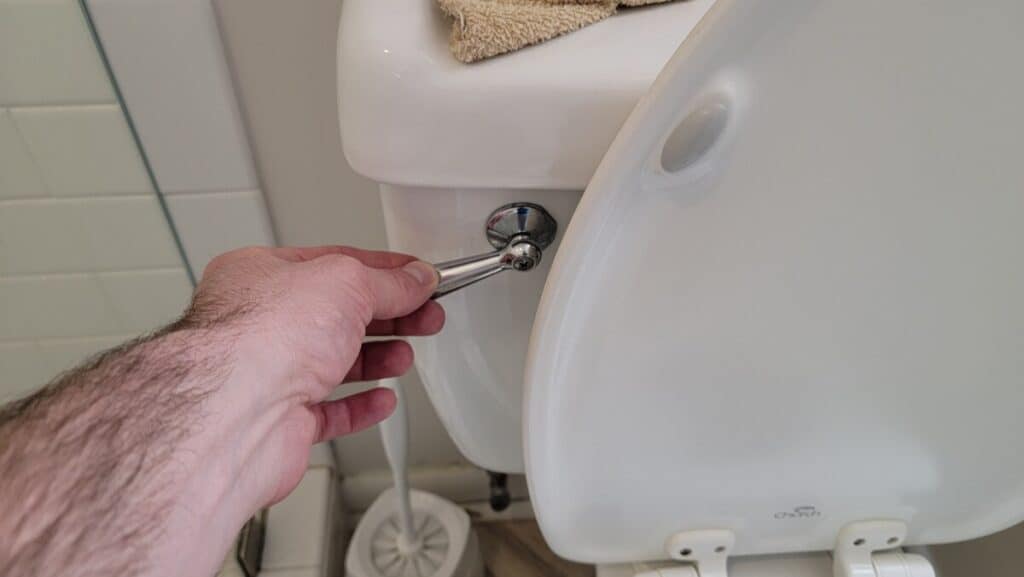In the realm of plumbing, understanding the complexities of toilet flush systems is essential for both homeowners and industry professionals alike. Today, we unravel the intricacies of these systems, shedding light on how they work and their impact on water usage. Our journey begins with a fundamental question that many have pondered: What exactly are toilet flush systems, and why are they so crucial?

What Are Toilet Flush Systems?
At its core, a toilet flush system consists of the mechanisms that enable the toilet to perform one of its primary functions removing waste from the bowl. Though often overlooked until something goes awry, these systems play a pivotal role in modern sanitation, effectively using water to maintain hygiene. There are various types of flush systems, each designed to optimize performance and water usage.
Gravity Flush Systems
Among the most well-known and widely used, gravity flush systems employ the natural force of gravity to evacuate waste. When the flush lever is activated, it lifts a flapper valve, allowing water to flow from the tank into the bowl. This rush of water pushes the waste through the trapway, ensuring it is safely disposed of.
Environmental impact is a notable concern with these systems, as traditional models can be less efficient in terms of water usage. However, advancements have been made to improve efficiency, significantly in dual-flush models.
Pressure-Assisted Flush Systems
Pressure-assisted flush systems represent a more innovative approach designed to minimize water consumption. Featuring a secondary tank within the main tank, these systems use compressed air to increase the water flow's force when flushed. This increased pressure allows for a more efficient removal of waste, using less water in the process.
This method of flushing is particularly beneficial for locations where water conservation is a primary concern. Recognizing the importance of water efficiency is critical, especially in regions experiencing water scarcity.
Choosing the Right Flush System for Your Needs
For the informed industry QA professional or the conscientious homeowner, selecting an appropriate flush system involves balancing several factors, including budget, efficiency, and environmental considerations. Insights from eco-conscious upgrades suggest that opting for a dual-flush or pressure-assisted model could notably reduce water usage.
Additionally, industry developments have embraced the integration of smart technology, enhancing both the functionality and the user experience.
Impact on the Environment
The environmental implications of flush systems cannot be understated. Traditional gravity flush models, especially those pre-dating current conservation standards, tend to use more water per flush. Transitioning to more efficient systems, such as low-flow or dual-flush toilets, can substantially contribute to water conservation efforts.
Exploring the potential of water-saving solutions reveals how toilet technology can impact our ecosystems positively. As communities strive for sustainable living, incorporating water-efficient models is both an immediate and impactful step.
Technological Innovations in Flush Systems
Technology continues to revolutionize everyday household systems, and toilets are no exception. Modern setups often include sensor-enabled systems that allow for touchless flushing. Such innovations not only enhance convenience but also significantly reduce the transmission of germs.
Furthermore, innovations aiming at automatic control have translated into systems that adjust water levels automatically, focusing on an optimal balance between water conservation and cleaning power.
Maintaining and Troubleshooting Flush Systems
Like any household component, toilet flush systems require regular maintenance to function optimally. Industry professionals stress the importance of routine checks and understanding common issues that could arise, such as leaks, continuous running water, or weak flushes.
Guidance on leak prevention and repair strategies is invaluable in maintaining the efficiency of these systems. By proactive engagement, homeowners can avoid unnecessary water waste and costly repairs.
Professional Insights and Recommendations
When delving into toilet flush systems, insights from industry experts are crucial. Aligning personal decisions with professional recommendations can lead to better system selection and maintenance, resulting in effective water management.

FAQ
What is the difference between gravity and pressure-assisted flush systems?
The primary difference lies in the mechanism of flushing. Gravity flush systems use water weight and gravitational force, while pressure-assisted systems use compressed air to enhance flush efficiency.
How can I make my toilet more water-efficient?
Consider upgrading to a dual-flush or low-flow model and regularly check for leaks to ensure efficiency.
Why does my toilet keep running?
This could be due to issues such as a damaged flapper, misaligned float, or problems with the fill valve. Regular maintenance can help address and prevent these issues.






